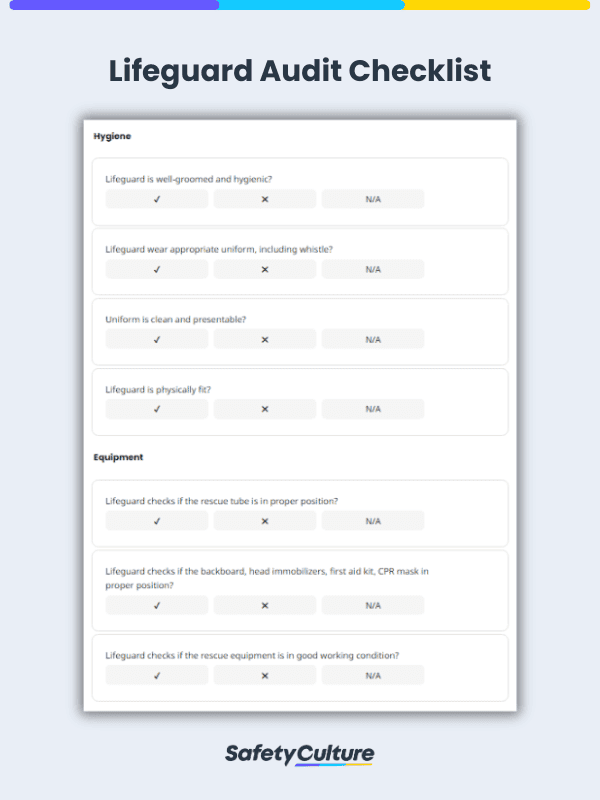What is a Lifeguard Audit?
A lifeguard audit is the process of discreetly assessing lifeguards while on duty. It aims to evaluate a lifeguard’s performance, compliance with business regulations, and readiness in case of incidents. Performed by lifeguard supervisors or third-party auditors, it ensures safety through prevention of aquatic accidents that could lead to drowning, physical injuries, or even death.
Importance of Lifeguard Audits
It is essential for aquatic businesses to prepare and manage a lifeguard team that can properly address aquatic risks, hazards, and incidents. Conducting a lifeguard audit can help your business: 1) ensure patrons’ safety; 2) prepare lifeguards for possible and unexpected scenarios; 3) identify areas for improvement; and 4) avoid any legal issues.
How Often Should a Lifeguard Audit be Conducted?
A lifeguard audit should be conducted at least every two weeks, but preferably every week. Conducting more frequent lifeguard audits can help identify points for improvement easier, as well as improve the level of service lifeguards can offer. Frequent lifeguard audits can also help in identifying issues with management, risk management, and compliance with safety measures.
What Should a Lifeguard Audit Check For?
During the audit, the lifeguard audit should include a review of the lifeguard safety plan, checking that all lifesaving equipment is functioning properly, and checking the lifeguard rosters to ensure that all lifeguards are properly certified. The lifeguard auditor should also inspect the beach or pool area for potential safety hazards. Some common hazards to look out for include:
- Strong currents
- Jellyfish
- Strong tides
In addition to the immediate hazards and equipment around a pool or beach area, a lifeguard audit template should also be used for:
- Recording lifesaving activities
- Documenting incidents
- Evaluating lifeguard appearance
- Assessing lifeguard performance
3 Elements of a Lifeguard Audit
The following are the essential elements that help identify critical failure, minor mistakes, and lifeguards’ training needs when performing lifeguard audits.
1. Hygiene
Lifeguards should always follow good hygiene standards. Wearing appropriate uniform is a must to determine the lifeguard in charge in a specific area. Also, maintaining a fit physique is necessary so they can quickly respond in case of an emergency.
2. Behavior
Lifeguards’ primary responsibility is to keep an eye on people within the facility. They must recognize any anomalous movement or anything out of the ordinary and respond to it immediately. They should also enforce rules and regulations to maintain safe operations.
3. Compliance
Lifeguard certification trainings are important to ensure lifeguards’ competence and continuous learning. They also help lifeguards in the performance of their duties to the best of their ability. They must be knowledgeable in carrying out proper life-saving procedures and be able to apply first aid effectively.



